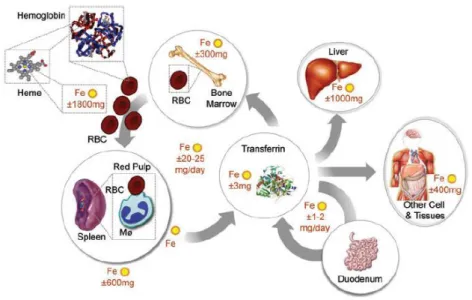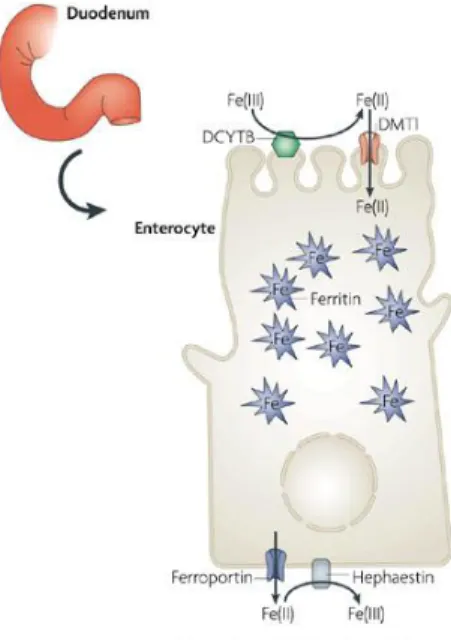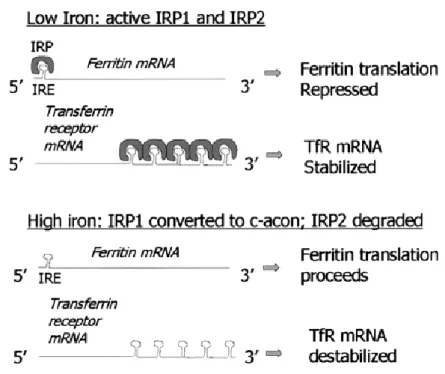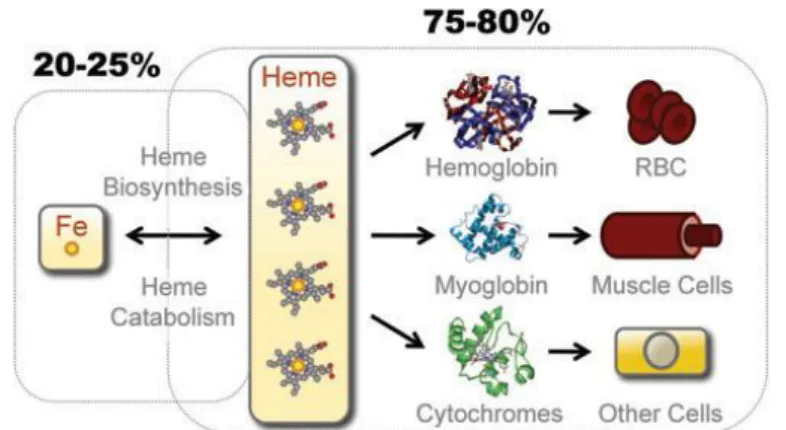Macrophages control tissue homeostasis via Ferritin heavy chain
Texto
Imagem




Documentos relacionados
As approximately 55% of macrophages in lymphoid tissues are derived from monocyte extravasations [4], we reasoned that if circulating monocytes could take up immunoglobulin
In contrast, treatment with propofol in the P2 and P3 groups significantly inhibited HMGB1 mRNA expression levels in mouse macrophages (P , 0.05; Figure 1A and B).. HMGB1 protein
The results of this study confirm that the tissue expression of the MGMT gene is reduced in neoplastic tissues of patients with sporadic CRC when compared to normal tissues..
To broaden the analysis of a possible role of SseL in immune modulation, we first analysed variations in mRNA levels from uninfected bone marrow-derived macrophages (BMM) and
For example, the peritoneal macrophages from B6 mice at their M0 state expressed high levels of IL-4 when compared to the BM-derived macrophages of the same mouse strain or the
Stem cells can be embryonic or adult 1 , the mesenchymal adult stem cells derived from human tissues like bone marrow and adipose tissue and are considerate pluripotent cells
Although the morphometric analysis of the lung parenchyma showed that the treatment with rBmTI-A did not control the increase in macrophages either before or after the development
Postnatal stem cells have been isolated from several tissues including, brain, skin, hair follicles, skeletal muscle, bone marrow and dental tissue (13), and five types of





